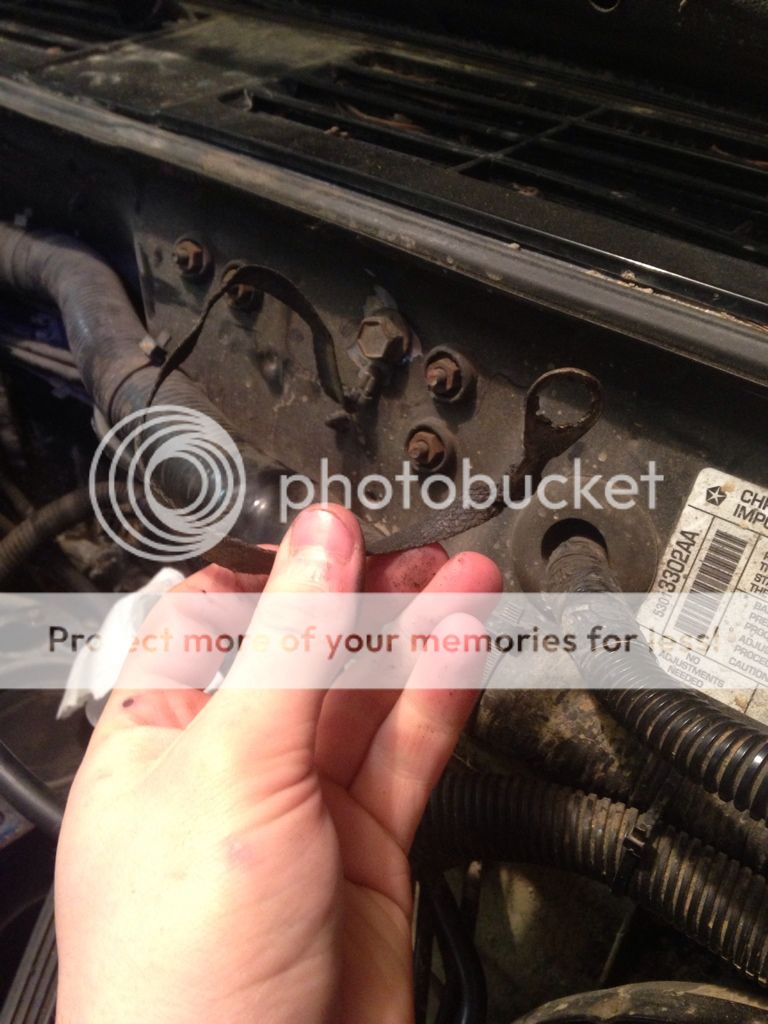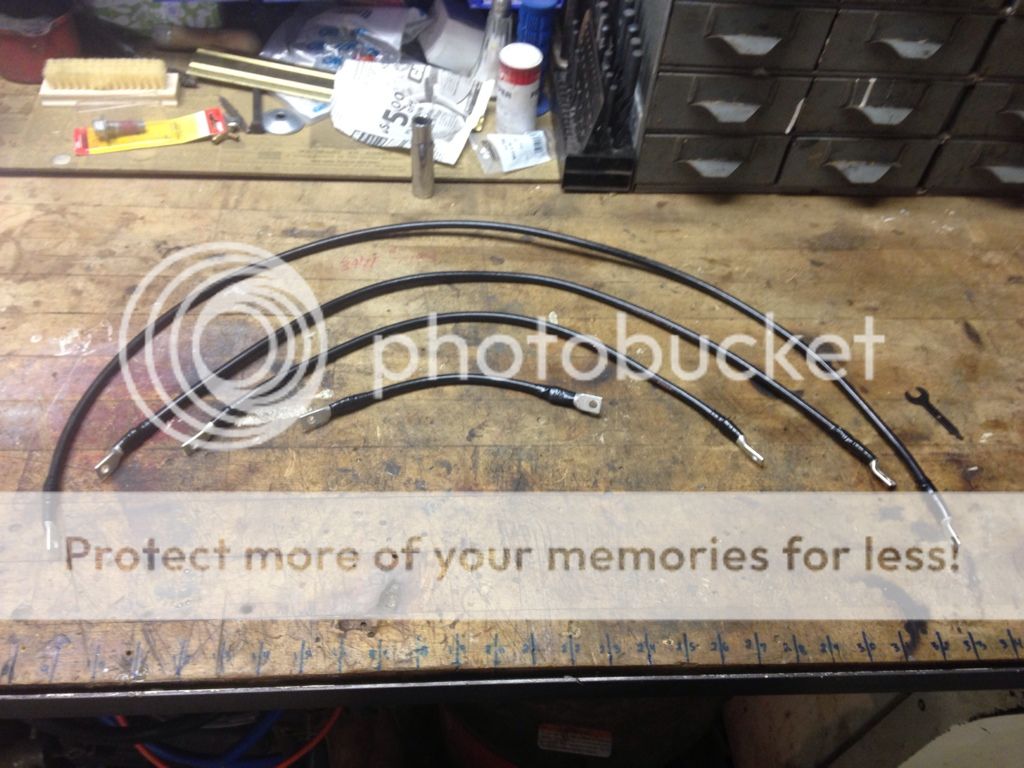The green wire is the fuse. It's made of a special low-melt alloy (similar to Wood's Metal, I think, as used in fire sprinkler heads) and uses a Hypalon insulation (instead of PVC, Vinyl, PTFE, rubber, ...) which chars & blisters when it gets hot.
When the fusible link blows, it becomes visually apparent (the smooth green wire becomes bubbled, blistered, and black) and by feel (you can manipulate the wire, and it will feel like there's nothing in there. There isn't - the wire melted.)
It's just another version of a fuse, just like how there are so many variations on a fuse cartridge (AGO, AGC, ATO/ATC, MINI, MEGA, MAXI, ANL, ANN, ...) However, all versions serve the same purpose - to break the circuit when too much current flows through it. Kinda like how CA-1, US-101, and I-5 will all get you to LA - just different routes to the same destination.
I don't know if you can get an inline fuse holder for wire that large (I've honestly never looked,) my usual solution is to hard-mount a fuse block on the fender liner, then run the alternator output cable to it. Run the other side to either the PDC stud or the battery positive post - electrically speaking, they're the same thing. Preferred fuse formats would be ANL/ANN or MEGA - both are available in ratings useful for this purpose, and both are rugged (the AGU style should also be available up to the rating you need, but it's a glass tube - I don't like using those underhood.)



